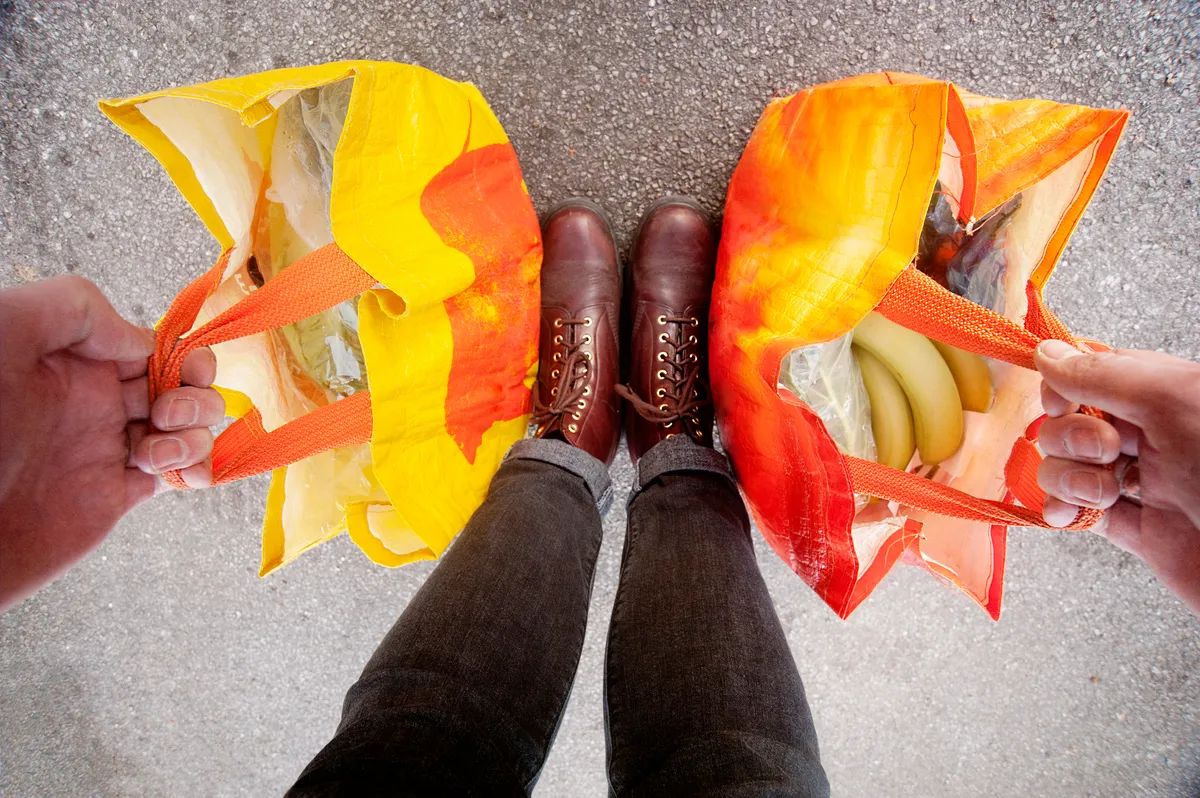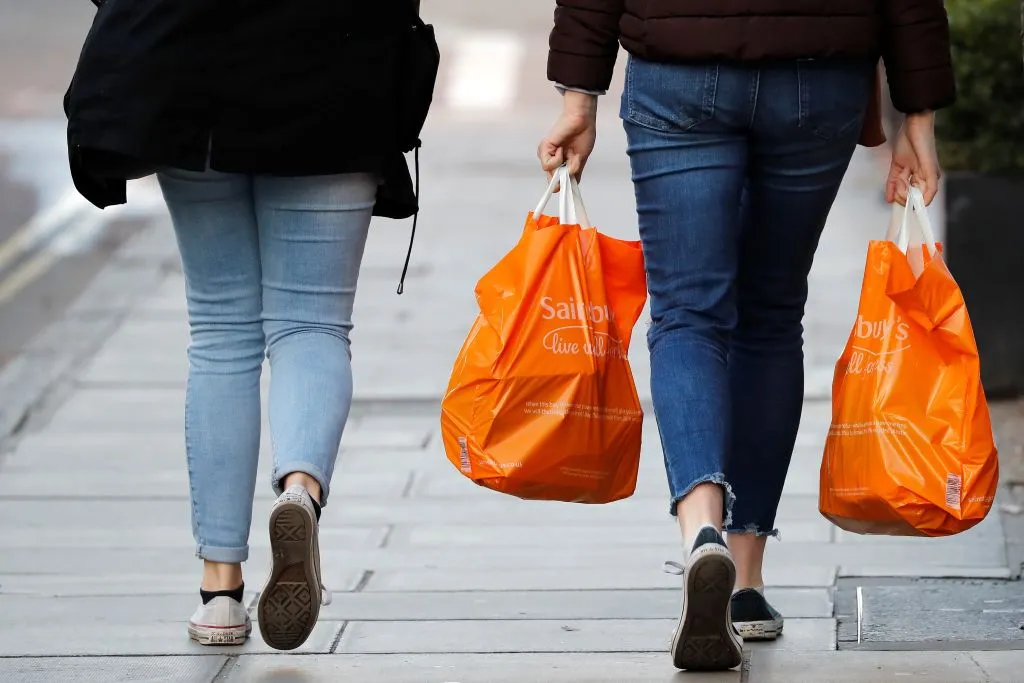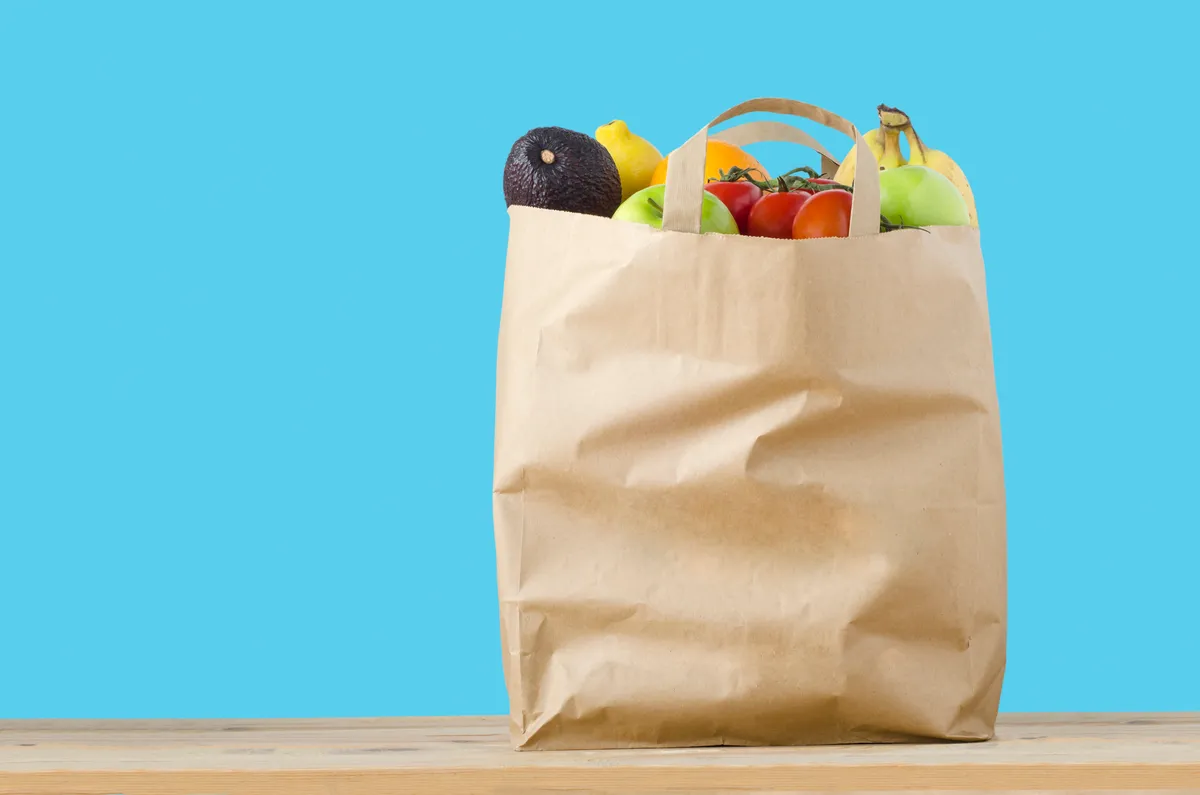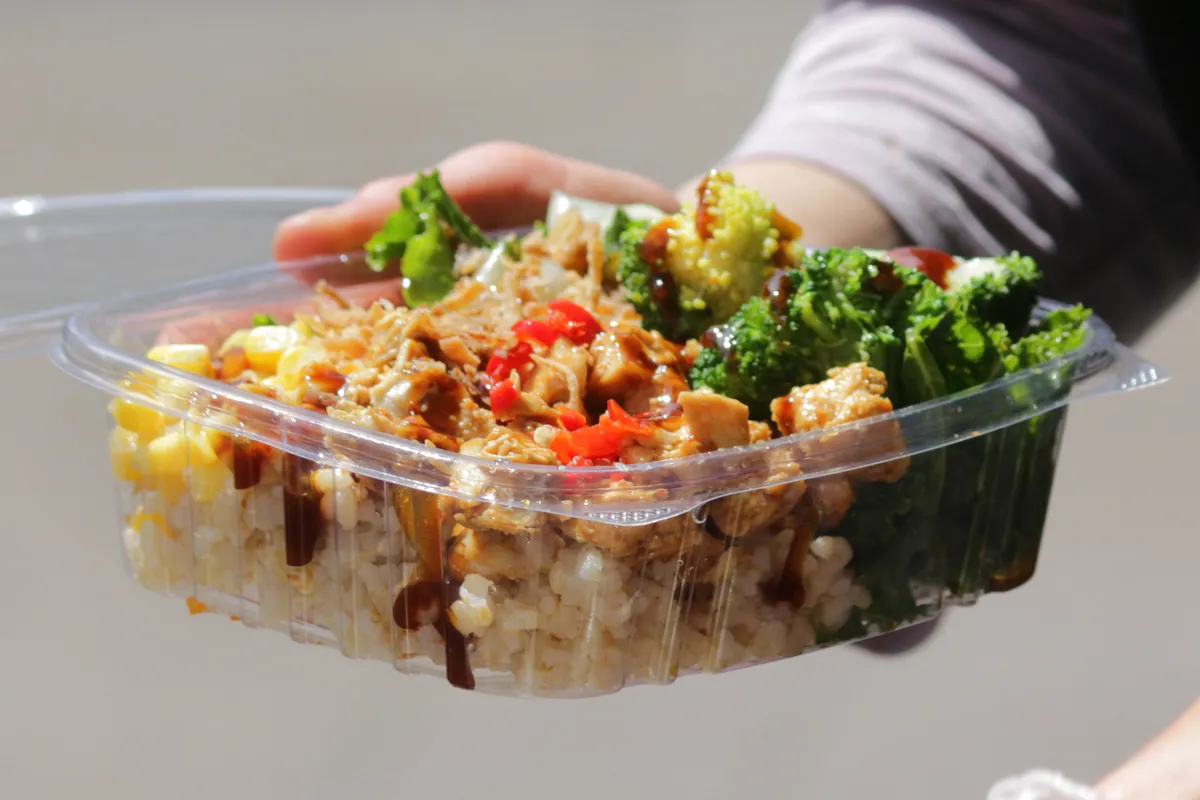A new report from the Environmental Investigation Agency (EIA) and Greenpeace has revealed that the UK’s biggest supermarket chains are using more plastic packaging than before, with an estimated rise of 17,000 tonnes between 2017 and 2018. This surge is in part due to the rocketing sales of ‘bags for life’.
The report reveals that for the carbon footprint of a typical ‘bag-for-life’ to be equivalent to that of a conventional single-use carrier, it needs to be used at least 4 times if it is a thin polyethylene bag and at least 11 times if it is a thicker polypropylene bag.
People are simply not doing this. Instead of being a ‘bag for life’ these thick plastic carriers are effectively becoming a ‘bag-for-a-week’, as the report shows that UK households buy 54 of them a year. In 2019 this was over 1.5 billion in total, an increase of approximately 26% on the previous year.
When the 5p plastic bag charge came into effect in England in 2015, followed by a subsequent 83% reduction in single-use bags it was praised as great success in the fight against plastic pollution.
In their place came the ubiquitous ‘bag-for-life’. Sometimes made from canvas or jute, but more often than not, out of a thick, durable plastic, these bags were designed to be used over and over.
The concept behind these bags is logical - being made out of thicker plastic they are more hard-wearing than the polythene alternative, so customers should be able to buy them once and use them many times over for their shopping.

Instead of solving the plastic problem these bags are in fact adding to it, as they have simply become another single-use option. They are however, a worse single-use option than the original, as being thicker they contain far more plastic by weight. In 2019 supermarkets surveyed sold 41,579 tonnes more 'bags for life' than they did single-use bags.
“Bags for life can contain more than three times as much plastic as a single-use carrier and therefore have a larger environmental footprint. They are more durable if they get into the natural environment – causing additional harm to wildlife and ecosystems. The fact these aren’t being used ‘for life’, as the name suggests, is therefore a huge concern,” explains EIA ocean campaigner Juliet Phillips.

The reason behind this surge in buying of bags for life might be that consumers are simply not given a big enough incentive to reuse rather than to re-buy. The report suggests that a higher price-tag on the bags might solve this problem. It recommends a price increase to at least 70p.
This figure is rationalised by findings that in the Republic of Ireland a 90% reduction in bags for life sales was achieved by setting a charge that was six times higher than the price consumers reported that they were willing to pay, at 70 cents.
Polling in the UK found that 58% of customers were willing to pay at least 20p for a supermarket carrier bag, 14% would pay as much as 50p and 6% as much as £1.
This measure might still not be enough to solve the problem however. Greenpeace and the EIA are also advocating to remove the bags from supermarkets altogether, enforced by a Government ban. They believe that only by taking the option away entirely will customers be induced to use more sustainable alternatives.
Some have suggested paper shopping bags as a more sustainable option – Morrisons supermarket now sells these in all their stores. However, this may not actually be the environmentally friendly solution it seems.

“Any bag that’s designed to be used once and thrown away is harmful to the environment. Even if made from recycled paper, that takes energy to produce, energy to recycle. Reusable bags can be used for years and years, and that’s the direction we need to be heading in. Supermarkets must end their throwaway culture and switch to only offering suitably priced and genuinely reusable shopping bags,” says Juliet Philips.
Another contributor to the rise in supermarket plastic use is the increasing popularity of ‘on the go’ food items such as meal deals. This market is currently worth £25 billion and is growing, with supermarkets providing about 20% of lunch trips. These options are almost inevitably sold in one-use packaging, and much of it plastic and not easily recycled.

There are ways that people could continue to buy these cheap and handy lunch deals without producing so much waste however. Marks and Spencer’s have become the first major retailer to offer a reusable container incentive to customers, wherein a 25p discount is given to those who bring in their own lunch-boxes to fill.
This is not a foreign concept, as many cafes and coffee shops already offer similar discounts to those bringing in their own reusable cups for hot drinks. There has however been limited attention on this when it comes to food in supermarkets, and M&S remains the only major retailer to have such a scheme.
“EIA and Greenpeace are calling for supermarkets to move away from single-use packaging altogether and scale up packaging-free and reuse solutions. We don’t support a simple substitution of one single-use material for another – paper and aluminium packaging also have a negative environmental impact. We’re encouraging companies to end sales of bags for life altogether – or at a minimum, increase the price to 70p,” Juliet concludes.
Read the full report here.
Main image: UK shoppers buy a whopping 54 of these 'bags for life' a year on average. © Martin Poole/Getty

